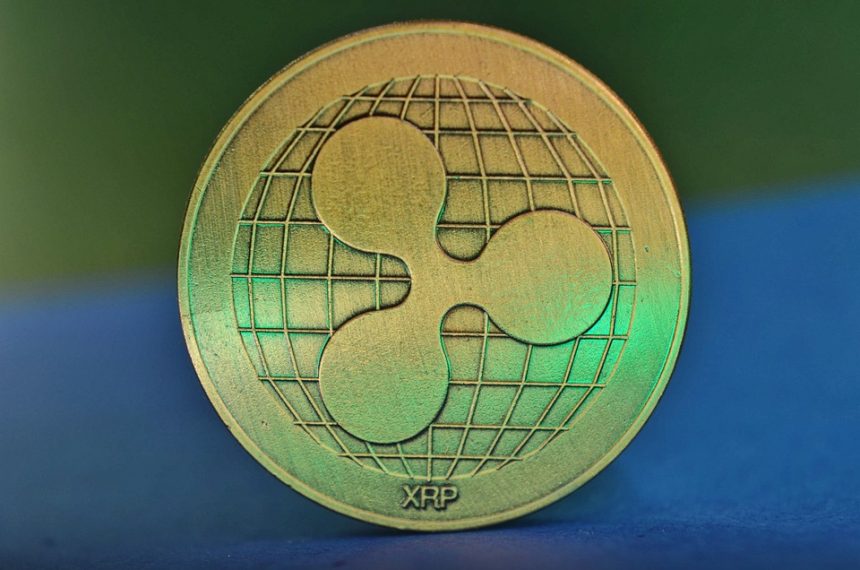Introduction
In the fast-paced world of digital finance, stablecoins have emerged as a pivotal innovation, bridging the gap between fiat currencies and cryptocurrencies. Originally conceived to address the notorious volatility of traditional cryptocurrencies like Bitcoin and Ethereum, stablecoins offer a more reliable medium of exchange and store of value. This article will explore the evolution of stablecoins, their underlying mechanisms, the factors contributing to their growing popularity, and their potential future in the global financial landscape.
The Birth of Stablecoins
Stablecoins first appeared in the cryptocurrency market in 2014 with the launch of Tether (USDT), a coin purportedly pegged 1:1 to the U.S. dollar. This initial offering was met with both intrigue and skepticism. Tether aimed to provide cryptocurrency users with a stable asset that could facilitate trading and transactions without exposure to the price fluctuations commonly seen in digital currencies. Over the years, various iterations of stablecoins have emerged, categorized mainly into three types: fiat-collateralized, crypto-collateralized, and algorithmic stablecoins.
-
Fiat-Collateralized Stablecoins: These stablecoins are backed by reserves of a fiat currency, typically held in a bank account. Each token issued corresponds to a unit of the underlying currency. Tether (USDT), USD Coin (USDC), and TrueUSD (TUSD) are noteworthy examples.
-
Crypto-Collateralized Stablecoins: These utilize other cryptocurrencies as collateral, often over-collateralized to mitigate volatility risk. Dai, governed by the MakerDAO protocol, exemplifies this model, employing smart contracts on the Ethereum blockchain.
- Algorithmic Stablecoins: Rather than being backed by assets, these stablecoins use algorithms to control supply and demand in real-time, thus stabilizing their price. While still in a developmental stage, projects like Terra (LUNA) have attracted attention for their innovative approaches, albeit at a high risk.
Factors Driving Popularity
The growth of stablecoins can be attributed to several compelling factors:
-
Market Demand for Stability: As the cryptocurrency market matured, so did users’ preferences for stable assets. Investors sought refuge from volatility, especially in times of market downturns, leading to a surge in stablecoin adoption as a means to preserve value during turbulent periods.
-
Increased Use Cases: Stablecoins have transcended beyond mere trading instruments. They facilitate decentralized finance (DeFi), providing liquidity for lending, borrowing, and yield farming. Moreover, their ability to support cross-border remittances and micropayments has drawn interest from enterprises and consumers alike.
-
Integration with Traditional Finance: Increasingly, traditional financial institutions are adopting stablecoins for transactions and settlements. Financial services such as payment processing and foreign exchange trading have begun to incorporate stablecoins, bolstering adoption while enhancing legitimacy.
- Regulatory Clarity: As governments and regulatory bodies worldwide develop clearer frameworks regarding cryptocurrencies, the legitimacy of stablecoins has improved. Guidance on compliance and auditing has made it easier for users to engage with stablecoin systems, further driving interest.
Challenges and Considerations
Despite their growing popularity, stablecoins are not without challenges. Regulatory scrutiny represents one of the most pressing concerns, especially regarding transparency and reserve audits for fiat-collateralized stablecoins. As authorities work to implement comprehensive regulations, the sustainability of some stablecoin models, particularly algorithmic ones, has been called into question by their failure during periods of stress.
Security risks also pose a challenge, with the potential for hacks or exploits that can compromise the underlying collateral. Furthermore, the reliance on centralized entities can raise concerns regarding systemic risk and market manipulation.
The Future of Stablecoins
The future of stablecoins appears bright, propelled by continued innovation and integration into traditional financial systems. The proliferation of Central Bank Digital Currencies (CBDCs) presents an intriguing interplay with stablecoins, as central banks worldwide explore the use of digital currencies to enhance monetary policy and financial systems.
Moreover, as blockchain technology advances, we may see enhanced versions of stablecoins featuring better liquidity, security, and usability. Interoperability between different blockchain networks may also lead to the development of hybrid stablecoins that leverage the strengths of both centralized and decentralized models.
Conclusion
The evolution of stablecoins marks a significant milestone in the journey toward a more inclusive and resilient financial ecosystem. With their ability to combine the best of both digital and fiat currencies, stablecoins continue to gain traction across various sectors. As regulatory landscapes evolve and technology advances, stablecoins are poised to become a cornerstone of the future financial infrastructure, empowering users with unprecedented stability, accessibility, and efficiency in the digital age. The next chapter of their evolution promises ongoing experimentation, collaboration, and adaptation in the pursuit of a truly stable digital currency.





